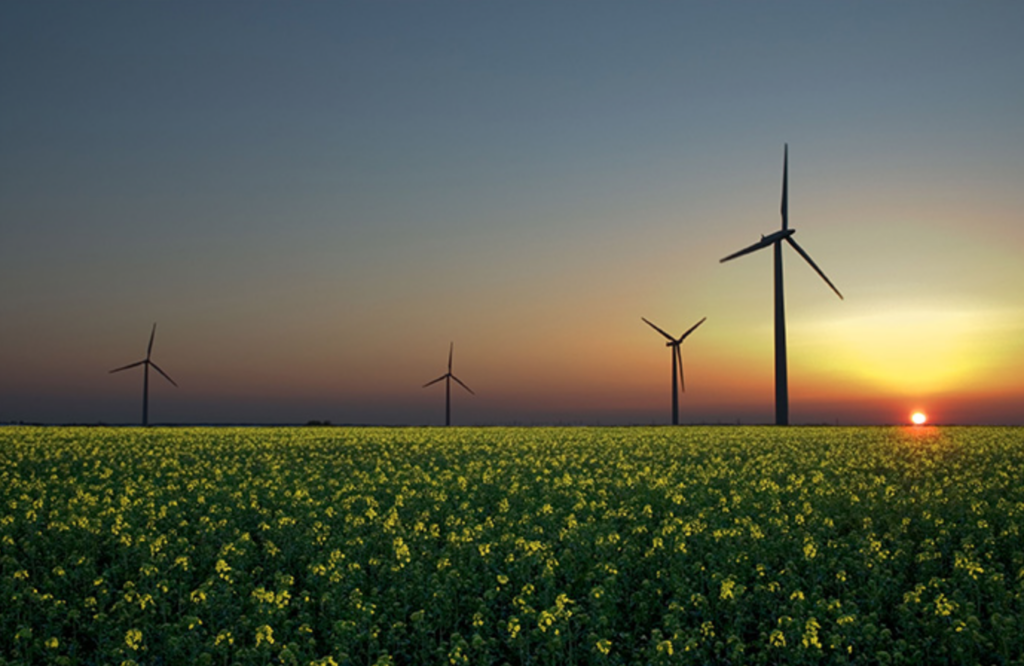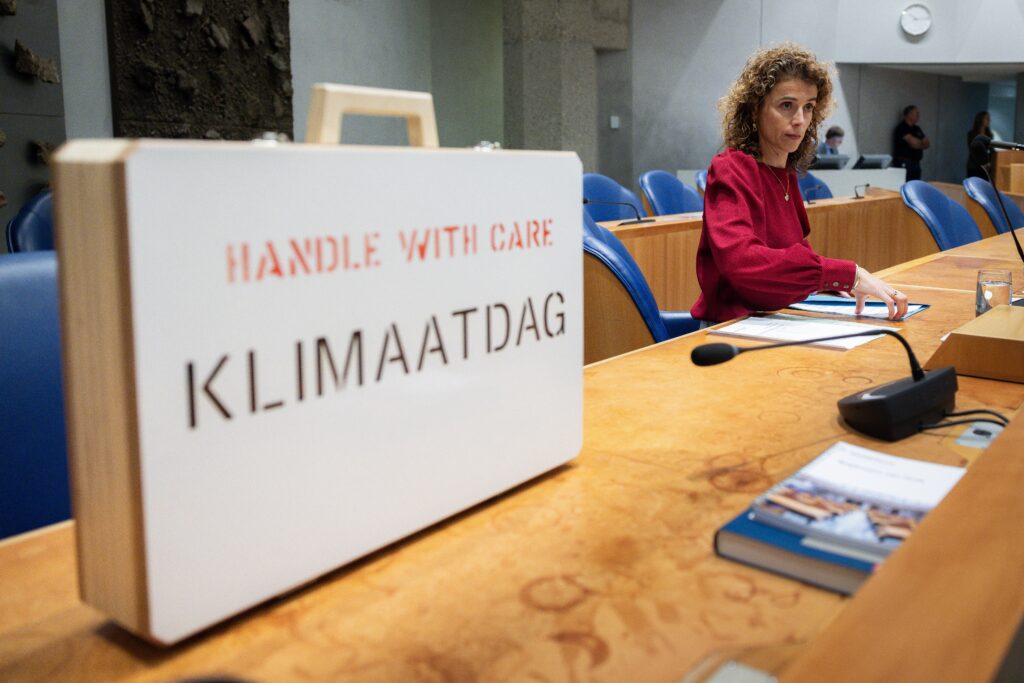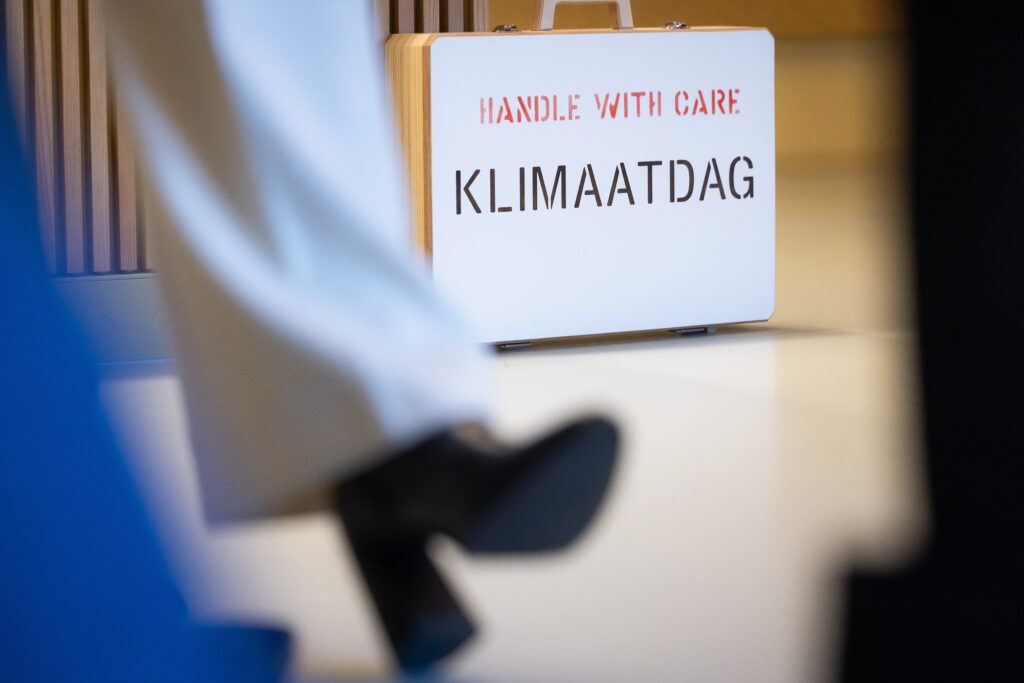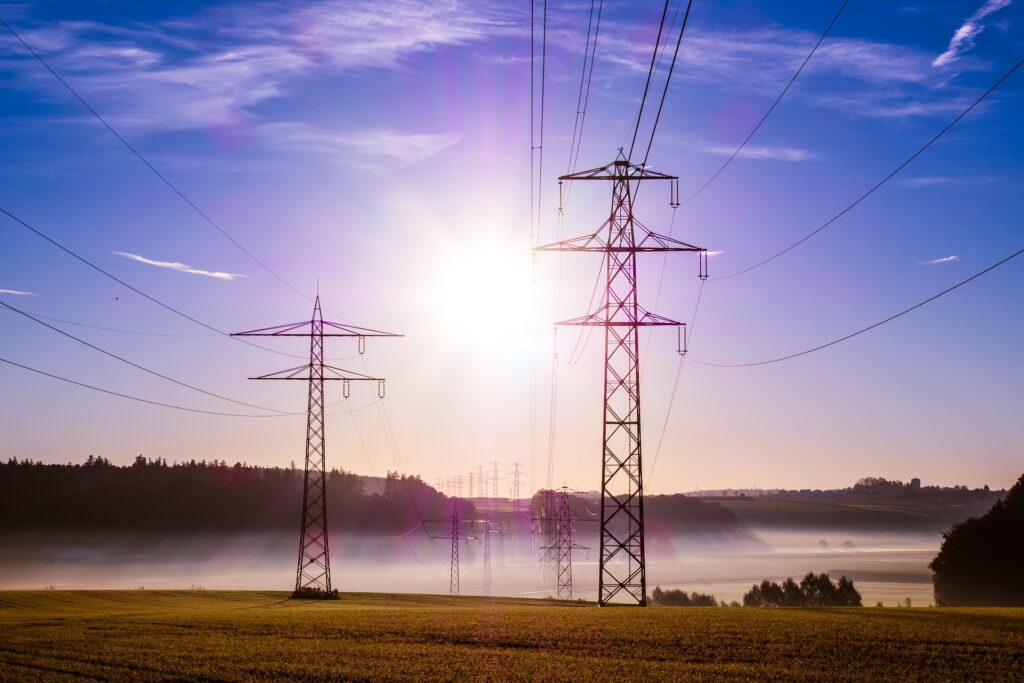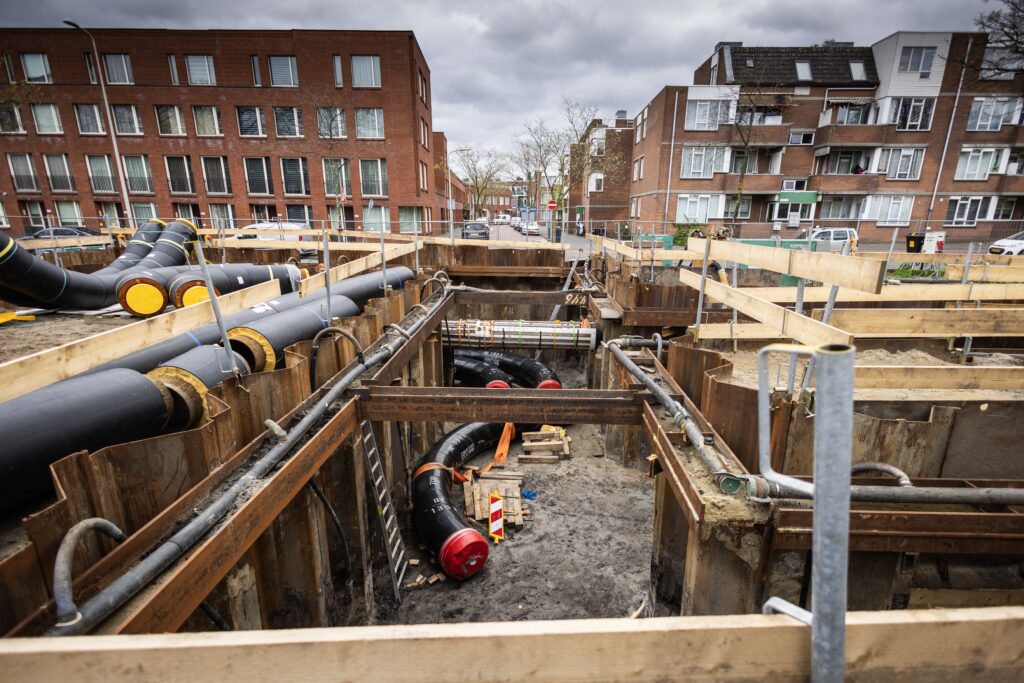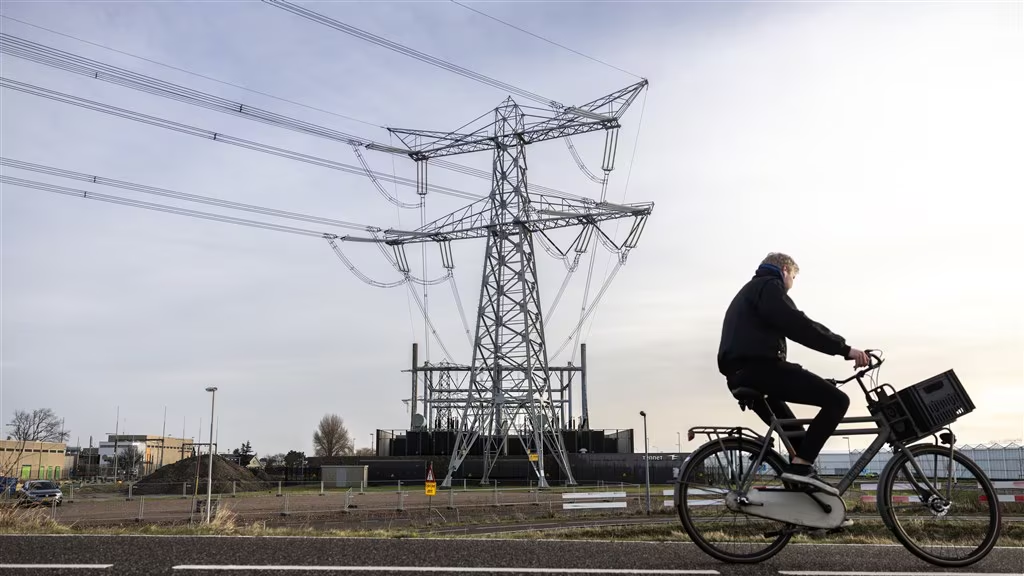Energie-Nederland is preparing for the European elections on June 6th. A successful energy transition is essential if we want to keep energy affordable and reliable in Europe. It also leads to a prosperous and future-oriented Europe. Only if the right preconditions are created can the members of Energie-Nederland (the Dutch trade association for companies involved in the production, trade and supply of energy onshore and offshore) take up this challenge. We have formulated six recommendations for European policymakers
1. Choose clear points on the horizon for 2035 and 2040 Clear interim goals must also be set on the road to a climate-neutral 2050. Energie-Nederland supports the EU target of achieving a 90% emission reduction by 2040. In addition, our national goal of a CO2-free electricity sector by 2035 must also apply at European level. Furthermore, these goals must be accompanied by an ambitious climate package for electrons and molecules, a fertile investment climate, and a good balance between emission reduction and the use of negative emissions.
2. Ensure a just transition for all European consumers The energy transition must ensure that all consumers, both small and large, can use and pay for sustainable energy. All users should have the opportunity to choose a supplier that best suits their needs. Fair competition and fair cost distribution lead to lower prices. Households must receive practical help in making their homes more sustainable. For larger consumers, the existing EU ETS is the most important driver for the transition. However, a rapid transition while preserving key sectors requires pan-European targeted support rather than individual policy measures from Member States. For example, a European Carbon Contract for Difference can be established to contribute to the decarbonization of European industry and to safeguard European strategic autonomy.
3. Encourage consumers to switch to clean electricity, heat or hydrogen or green gas To reduce CO2 emissions, stabilize prices and improve our strategic autonomy, consumers must switch from (largely imported) fossil fuels to renewable electricity, heat, hydrogen or green gas. Make this switch attractive by encouraging Member States to set specific electrification targets, by taxing energy based on energy content and by releasing the price cap in ETS2 after 2030. In addition, the EU must create sufficient capacity on the electricity grid, reduce grid tariffs, and protect pioneers in the energy transition against unfair international competition.
4. Develop a European vision on the security of energy supply Russia’s invasion of Ukraine resulted in an unprecedented energy crisis. Europe’s energy self-sufficiency has not been this low in decades. To change this requires significant investments. Investors need certainty for large investments in the exploitation and production of energy. For example, ensure your own gas production as long as gas is needed and also focus on more renewable energy and hydrogen production in Europe. Europe rightly applies strict environmental regulations to prevent methane emissions from producing and transporting gas. In many countries from which we now import gas, this is hardly taken into account. Create a level playing field between European production and import of (LNG) gas by harmonizing sustainability requirements surrounding (international) methane emissions, with attention to affordability. Increase the security of electricity supply by giving Member States more flexibility to promote investments in CO2-free adjustable capacity.
5. Rely on market principles to optimize consumer choices During the energy crisis, policy measures were introduced that interfered with the free pricing of energy. However, price signals are the best way to indicate scarcity in the market and thus influence consumer and producer choices. Countries outside the EU use energy as a geopolitical instrument. The EU must act to minimize the risks arising from this. However, when energy is located within European borders, free pricing must be the starting point to optimize the distribution of energy between customers. Obviously, Member States should be free to protect vulnerable customers against price fluctuations through targeted support measures.
6. Develop a pan-European energy infrastructure for a low-carbon economy A very significant expansion of infrastructure is needed, both on land and at sea, to reduce energy prices and achieve a low-carbon economy. Electricity networks must be expanded to facilitate large-scale electrification. In addition, hydrogen and CO2 networks are needed for business processes that are not suitable for direct electrification. To develop a truly European energy system, a pan-European onshore and offshore infrastructure must be developed top-down – taking into account local conditions – connecting international supply and demand points. Finally, provide investment certainty to market participants by developing common market rules for offshore electricity grids, hydrogen infrastructure and quality.

